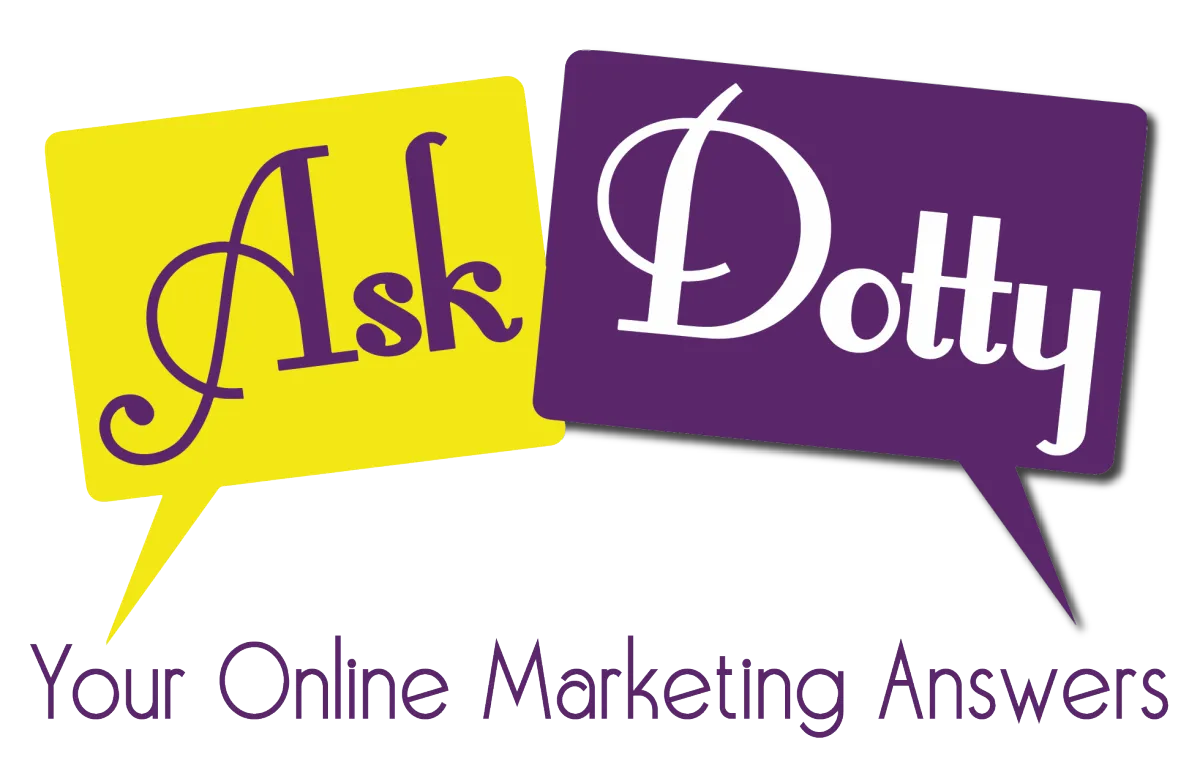
Search Engine Optimization: Basics for Business Owners
Search Engine Optimization: Basics for Business Owners
Search Engine Optimization (SEO) Basics
Business owners know a few things about Search Engine Optimization ~ it is expensive, difficult, and needs to be outsourced. I am here to tell you a secret – are you ready? Are you listening? SEO is not hard, not complicated, and not beyond your reach. It is actually easy, just time-consuming. The most basic concept is this – use keyword phrases that you want search engines to index for your company. That is it – the whole concept. Now for the strategy ~ where do you use these keywords? Here is a rundown of several places where keywords need to be utilized:
Website Title
Page Titles (each page needs to be different)
Article Titles – These titles need to be Header1 or H1 tags
Articles need to use subtitles – Header 2 – Header 6 – like an outline
Anchor text (the link that is actually clicked is the anchor)
Near the beginning of each page’s first paragraph
Bold keywords have more weight
The last phrase on the page
Picture alt and title tags
Meta tags
Let’s explain a few of these.
Website Title
This is generally the title of your home page. It is what shows at the top of your browser as the title of your website. There are so many websites out there that use the title Home – that word does nobody any good for SEO. Make sure the title has your best keyword phrase, and if possible give it more than one. This is what tells search engines what your website is about – do not overlook this simple fix.
Page Titles
Every page has a title tag that will show in the browser title bar. Each page needs to be unique. If you are using the same title for all pages then you will be considered a search engine spammer – if each page was truly the same then you only need a one page site. Carefully consider your titles. Don’t use Contact Me – instead use something like Web Design Vancouver Wa: Contact Dotty at Premium Websites. This title gets the message across that it is a contact page, but it also conveys it is a contact page for a web designer in Vancouver WA and the business is Premium Websites and the designer is Dotty.
Article Titles
If you are running a Blog then make sure all Articles or Posts are using the H1 tag for the Title, and that your keywords are in the title – preferably at the beginning of the title. This is why you will often see something like this – Search Engine Optimization: Basics for Business Owners. By using the colon tactic it makes sense to have the main keyword phrase at the beginning with a short explanation to follow. Remember how you title your articles should also be how the link to the article appears. Having your link include keywords is very important to rankings.
Articles need to use sub headers
Sub headers need to be H2-H6 tags and they need to be organized like an outline. Not only does this make the article easy to follow, easy to skim, and easy to read – it also allows for keyword phrases to be used in the headers. Search engines give more weight to keywords in H1 tags than keywords in H2 tags all the way down to the H6 tags. The top of the articles has the most weight for keyword usage.
Keywords in Anchor Text
Search engines place very high value on other websites that link to your website. It is like a vote of confidence for your website. The text used in the incoming link is also very important and is called anchor text. It must contain some of your keywords in order to get the full SEO value from this strategy. “Click here” won’t cut it. By using your keywords and linking to your site with the same keywords it gives the search engines a clear understanding of what your site is about, and how to rank it.
Keywords near the beginning of paragraphs
A keyword used at the beginning of a paragraph has more weight than keywords used at the end. Also keywords used in the first paragraph has more weight than subsequent paragraphs. Keep this in mind when writing the content of your website. Also keywords that are either bold or italicized are give more weight than normal words. This does not mean to bold everything – that is considered spamming and will be penalized.
Picture alt and title tags
All images used need to be labeled with the alt tags. This makes the website compliant for people that use screen readers. It also gives you another instance of using a keyword phrase. The alt tag is what comes up if for some reason the image does not load, and the title tag is what shows when the image is hovered over by your mouse. Both should be used and the words used need to be both relevant to the image and using keywords. This is one area that is usually overlooked.
Meta tags
Meta tags are not used as much as they used to be. It used to be that search engines went from the meta tags to get a description and keywords for ranking the site. Now search engines usually use the actual content of the site for their listings. This does not mean that they are not important. They are often overlooked, but should still be used. Also the keywords should reflect the actual page, not be generalized for the whole site.
As you can see, none of these tasks are hard, technical, or impossible. Some take thought, but the implementation is easy. It can be time consuming but it should not be beyond the ability for any business owner to accomplish if their website is created in a content management system of some kind. No html knowledge is needed.


